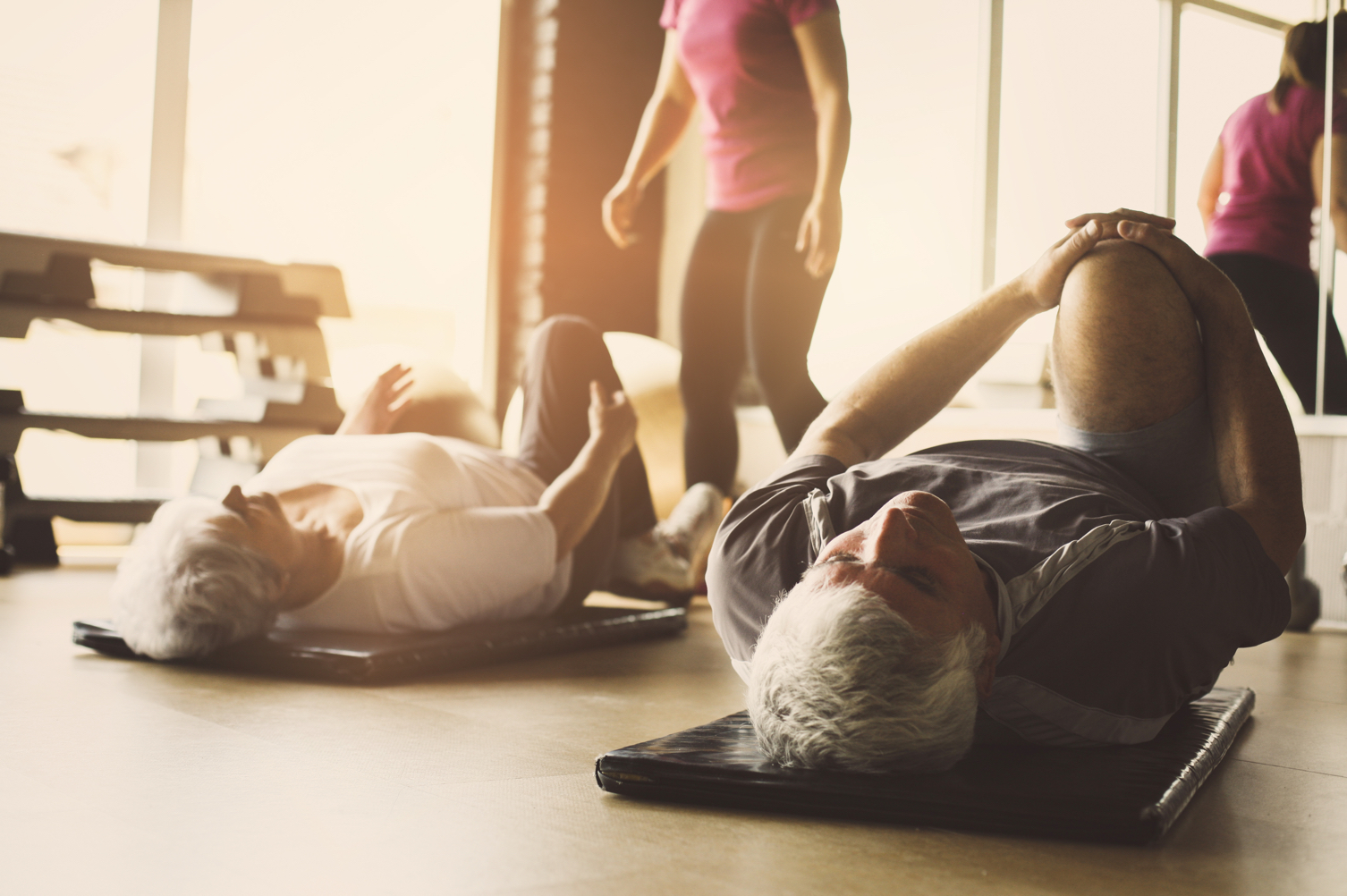In Motion
Try these Workout Types and Tips to Get Started
When starting a workout plan it is important to incorporate different types of exercises. The three main types of exercise are flexibility, strength, and cardiovascular.
Flexibility generally refers to exercises that are gentle on your body and include elements of stretching and bending. Especially if you have arthritis incorporating flexibility stretches into your routine or performing light stretching at the beginning and end of a workout is a great way to wake-up or relax your muscles.1

Strength exercises involve using resistance. A common misconception about strength exercises or strength training is that it needs to be performed with very heavy weight. In fact, using resistance bands or even your own body weight can give you a great workout and is a great place to start to make your muscles stronger.
Cardiovascular exercises are also called aerobic or endurance exercise and can be any type of exercise that raises your heart rate. This type of activity helps your heart and lungs and uses a rhythmic motion for both your arms and legs.1 Many people associated cardiovascular exercise with running but there are a number of cardiovascular exercises such as, jumping rope, which raises your heart rate and includes movement for both your arms and legs.
Know Your Limits
Safety is the most important consideration when exercising and it is important to know your limits. Some people may not be well enough or have the stamina to exercise. Before beginning any exercise program consult with your physician to determine what is appropriate for you. You should always follow the recommendations from your doctor. Stop exercising immediately and call 911 or your doctor if you experience any of these symptoms.
- Very tired
- Shortness of breath
- Chest pain
- Irregular or rapid heart beats
- Sick to your stomach
- Leg cramps
- Dizzy or light-headed
Not Sure Where to Start?
When planning a new workout regiment it is always beneficial to start with an activity you know and already enjoy. Consider the workout location and overall convenience too.1 If you have to drive an hour to get to a gym or park, it will make it harder to stick to your new workout plan.
Many people choose to start walking because there is no additional equipment needed beyond a pair of sneakers and can be done in a variety of places. Make sure you are walking in a safe area. If your neighborhood doesn’t have a sidewalk think about walking around an indoor mall or shopping plaza instead. Let technology help! Search for walking routes, local parks, nearby gyms, or even local walking clubs.
Write down a list of activities you enjoy and think about the ones you feel you can start doing right away.*
*Before beginning any exercise program consult with your physician to determine what is appropriate for you. It is important to protect your vascular access when exercising if you are currently on a form of dialysis. In addition, some people on Peritoneal Dialysis may also have certain weight restrictions; you should always follow the recommendations from your doctor prior to beginning an exercise program or routine.





